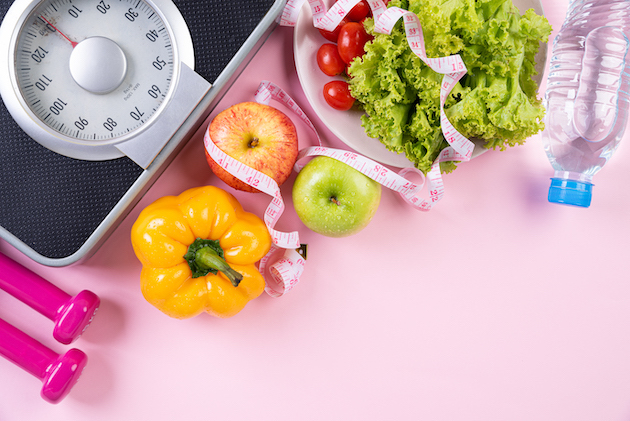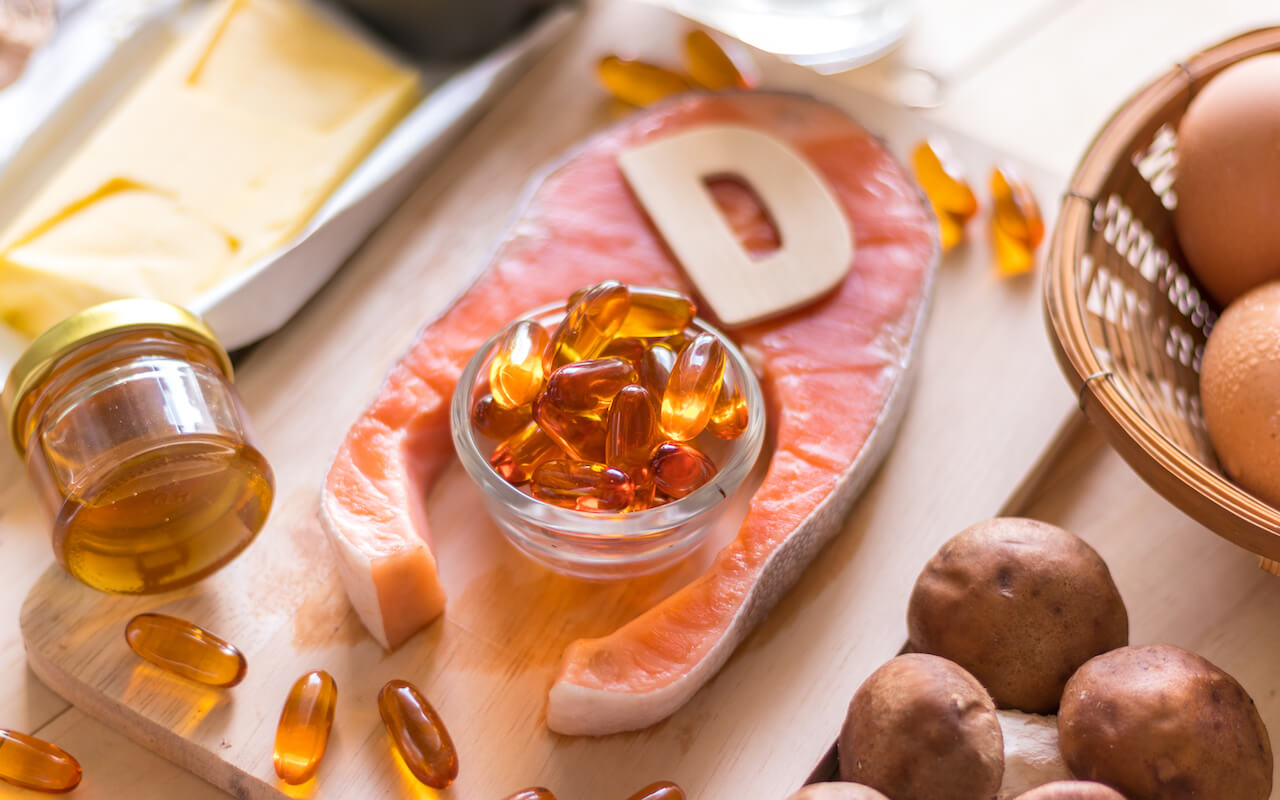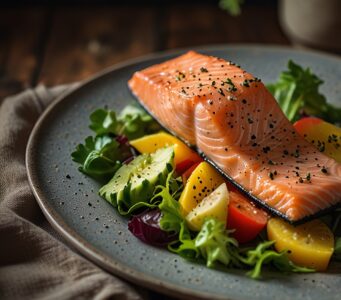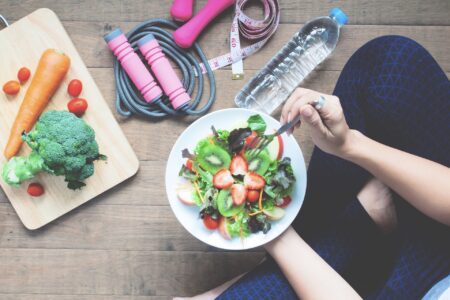Vitamin B2, or riboflavin, is necessary for the metabolism of fats and carbohydrates, the nervous system, the normal functioning of muscles and heart muscles, as well as for the process of vision, namely, riboflavin reduces eye fatigue and ensures normal vision. It is also needed to support the health of the skin, mucous membranes, nails and hair. Also for the formation of antibodies.
Vitamin B2 deficiency
Although riboflavin's list of functions is impressive, vitamin B2 deficiency has few clear clinical symptoms. Symptoms of vitamin B2 deficiency include various changes in the skin and oral mucosa, such as cracked corners of the mouth, which is a fairly common sign of riboflavin deficiency. Severe deficiency is associated with skin changes, anemia, and mental disorders.
Sources of Vitamin B2
Riboflavin is abundant in both plant and animal foods. Rich sources include animal-based foods such as liver and kidneys, eggs, and most cheeses. Plant-based sources of vitamin B2 include foods such as yeast, almonds, kale, pumpkin seeds, and cocoa powder.
Top rich and good sources of vitamin B2 is
- Bon Soya flavor yeast (18 mg),
- dry yeast (5.4 mg),
- algae, dried, Spirulina (4.6 mg),
- algae, dried, Chlorella (3.6 mg),
- beef liver, fried (3.1 mg),
- calf's liver, cooked (2.8 mg),
- kidneys, cooked (2.0 mg),
- yeast (1.7 mg),
- broiler liver, cooked (1.7 mg),
- bread yeast (1.6 mg),
- almonds (0.75 mg),
- kale (0.35 mg),
- most hair (0.2–0.4 mg),
- spinach (0.24 mg),
- pumpkin seeds (0.16).
The daily requirement of vitamin B2 for adults is about 1.3 mg and for men 1.7 mg. Pregnant and lactating mothers should receive an additional 0.3 and 0.4 mg per day. Riboflavin absorption rate from food is 60–70%. In order for an adult to get the necessary riboflavin, they should eat about:
- 1 g of flavoring yeast or
- 63 g dried algae (Spirulina, Chlorella) or
- 83 g cooked beef liver or
- 124 g cooked chicken liver or
- 330 g almonds or
- 825 g cheese or
- 1030 g spinach.
As you can see, the surest and easiest solution to getting your B vitamins is to get used to eating fermented yeast.
 Vitamin B3 or niacin makes the skin beautiful
Vitamin B3 or niacin makes the skin beautiful
The main function of vitamin B3 in the body is related to ensuring the metabolism of fats and carbohydrates and the synthesis of proteins. It is also needed for the functioning of the nervous system and muscles and for the repair of skin damage. It is for this latter reason that vitamin B3 is also found in many skin care products. Niacin increases the production of proteins and keratin necessary for the production of skin. Keratin keeps the skin smooth and helps to repair damaged skin.
Because niacin also has anti-inflammatory properties, it can fight acne. Some believe that vitamin B3 is even better at fighting acne than some well-known acne medications, as it is suitable for all skin types and does not cause side effects.
Cereals, especially corn, contain niacin in a form that is difficult for humans to access. Vitamin B3 deficiency occurs mainly in people who eat a grain-based, low-protein diet. Niacin deficiency results in a disease called pellagra (rough skin), which affects the skin, digestive system, and nervous system. Pellagra develops when niacin intake is 8.8 NE (niacin equivalents) per day or less. For comparison, the recommended intake of niacin is 6.7 NE/1000 kcal, but not less than 13 NE per day.
Adult men need to consume 16–20 NE and women need 13–15 NE per day. Pregnant and breastfeeding mothers should consume an additional 1–2 NE per day, as some of the niacin is passed to the baby in breast milk and energy expenditure is also higher.
In addition to the niacin found in food, the body can also produce niacin from the amino acid tryptophan. Therefore, a protein-rich diet helps meet niacin needs. On average, 60 mg of tryptophan provides 1 IU of niacin.
Sources of Vitamin B3
Sources of niacin are similar to other B vitamins. Among animal sources, vitamin B3 is most abundant in liver, kidneys, fish, poultry, pork, beef, and most cheeses. Among plants, the richest sources are yeast, most nuts and seeds, and dark chocolate.
Top Rich and Good Sources of Vitamin B3 is
- Bon Soya flavor yeast (350 NE),
- algae, dried, Chlorella (29 NE),
- Bon Soya soy minced meat with tomato sauce and flavouring yeast (27 NE),
- dried fish, average (24 NE),
- minced chicken meat (22 NE),
- peanuts (19 NE),
- cooked pork and calf liver (18 NE),
- peanut butter (18 NE),
- canned tuna (18 NE),
- chicken fillet, cooked (17 NE),
- chia seeds (16 NE),
- soy protein (15 NE),
- Physalis, dried (15 NE),
- cold-smoked salmon and rainbow trout (14 NE),
- pumpkin seeds (13 NE).
I left out grains and products made from them from the list. Although grains contain a decent amount of niacin, its bioavailability is low.
As you can see from the list, the daily niacin requirement (on average 16 NE) is covered by
- 4.6 g Bon Soya flavoured yeast or
- 55 g dried Chlorella algae or
- 59 g Bon Soya minced meat in tomato sauce or
- 73 g minced chicken or
- 88 g peanut butter or canned tuna or
- 107 g dried physalis or
- 114 g cold-smoked salmon.
If you regularly eat nuts, seeds, soy products or fish, and especially yeast, then there is no reason to worry too much about niacin. Or unless you overdo it with alcohol, coffee and sugar. Namely, excess starch, alcohol, coffee and sugar inhibit the absorption of niacin. Therefore, overdoing them should definitely be avoided.
Overconsumption of vitamin B3
Rather, the question is about the upper limit. Fortunately, there is no data on the harmful effects of high amounts of niacin from food, but one must be careful with supplements. It is known that excessive consumption of supplements based on nicotinic acid (one of the forms of niacin) can cause hot flashes and, if consumed excessively, can even cause liver damage. The European Union's Scientific Committee on Food has set an upper limit for nicotinic acid for adults at 10 mg per day and an upper limit for nicotinamide at 900 mg per day.

Allan Randlepp
NutritionistAllan is a nutritionist and trainer whose favorite topics are lifestyle and longevity, including nutrition and physical activity.
Nutritional counseling





